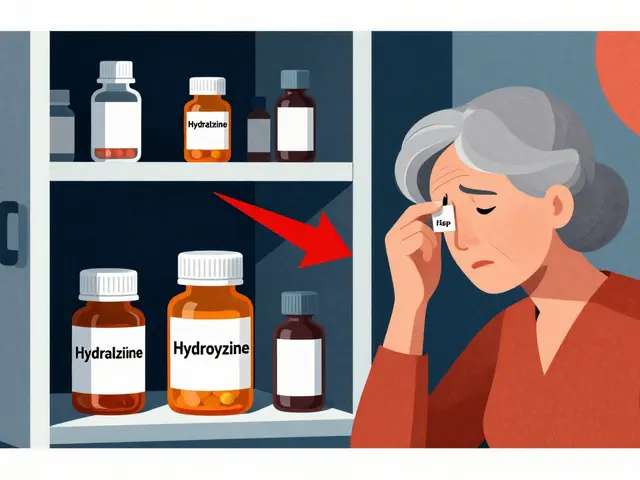Best Tetracycline Antibiotic: What Works, What to Avoid, and Real-World Choices
When you need an antibiotic that fights a wide range of bacteria, tetracycline, a broad-spectrum antibiotic first developed in the 1940s that remains relevant today for skin, respiratory, and tick-borne infections. Also known as the original tetracycline-class drug, it paved the way for newer versions like doxycycline and minocycline that are now more commonly prescribed. These aren’t just older drugs stuck in a drawer—they’re still first-line choices for acne, Lyme disease, chlamydia, and even some types of pneumonia. But not all tetracyclines are the same, and choosing the "best" one depends on what you’re treating, your body’s response, and what side effects you can tolerate.
Doxycycline, a modified version of tetracycline with better absorption and longer-lasting effects. Also known as the most prescribed tetracycline today, it’s often the go-to because it’s taken once or twice a day, works well with food, and handles most common infections without needing strict fasting rules. Then there’s minocycline, a more potent cousin that penetrates deeper into tissues and is sometimes used for stubborn acne or resistant infections. Also known as the brain-penetrating tetracycline, it’s the one that can cross the blood-brain barrier, which is why it’s studied for conditions like MRSA in the nervous system. But it’s also the one more likely to cause dizziness, skin discoloration, or even rare autoimmune reactions. Tetracycline itself? It’s still effective, but you have to take it on an empty stomach, avoid dairy and antacids, and deal with more stomach upset. For most people today, it’s not the first pick unless cost is the main factor.
What you won’t find in most doctor’s offices anymore is older tetracycline formulations used for things like urinary tract infections—they’ve been replaced by safer, more targeted options. But for skin infections, tick bites, or long-term acne management, tetracycline-class drugs still hold their ground. And if you’ve tried other antibiotics and they didn’t work, your doctor might still reach for doxycycline because it’s reliable, affordable, and has decades of real-world data behind it. The key isn’t just picking the strongest one—it’s picking the right one for your body, your condition, and your lifestyle.
Below, you’ll find real comparisons from patients and doctors on how these drugs stack up against each other, what side effects actually matter, and which ones are worth the trade-offs. No theory. No marketing. Just what works in practice.

Minocycline vs Alternatives: Detailed Comparison of Benefits, Risks & Costs
A comprehensive comparison of Minocycline (Minomycin) with common antibiotic alternatives, covering effectiveness, side effects, costs, and when to switch.
read more




